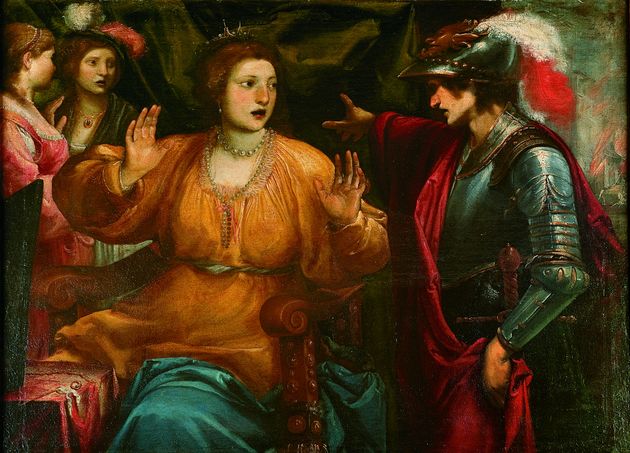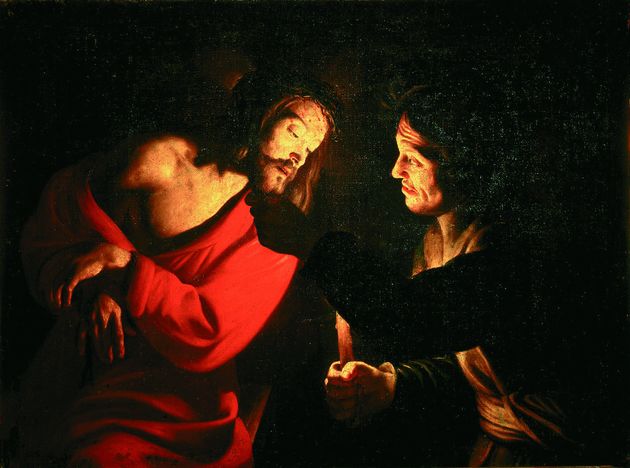Mystical Marriage of St. Catherine of Siena with the Prophet David, St. Dominic
Giovan Battista Naldini, Giovanni Balducci XV-XVI sec. d.C.Audio description of the artwork
In the section on The Great Altarpieces we find the panel painting with the Mystical Marriage, which was donated by Naldini in 1568 to the monastery of Santa Caterina da Siena on the occasion of his sister Annalena’s vestition, as attested to by some documents . The work was however probably completed after the painter’s death by his collaborator Giovanni Balducci whose chaster, stricter style characterises the whole painting with very few exceptions (as in the figure of David).






























